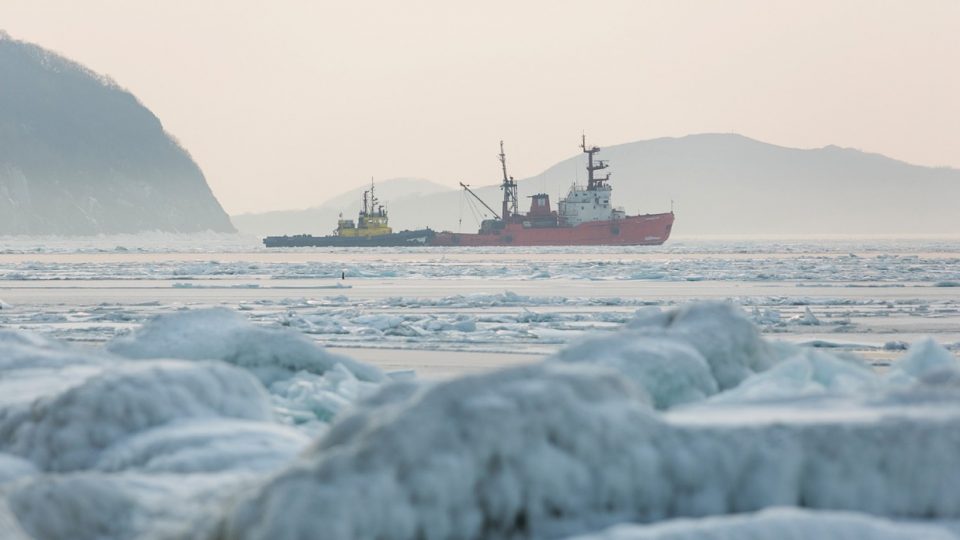According to Charles Norchi — director of the Center for Oceans and Coastal Law at Maine Law, a visiting scholar at Brown’s Watson Institute for International and Public Affairs, and one of the study’s co-authors — those changes could have major implications for world trade and global politics.
Norchi explained that since 1982, the United Nations Convention on the Law of the Sea has given Arctic coastal states enhanced authority over primary shipping routes. Article 234 of the convention states that in the name of “the prevention, reduction and control of marine pollution from vessels,” countries whose coastlines are near Arctic shipping routes have the ability to regulate the route’s maritime traffic, so long as the area remains ice-covered for the majority of the year.
Norchi said that for decades, Russia has used Article 234 for its own economic and geopolitical interests. One Russian law requires all vessels passing through the Northern Sea Route to be piloted by Russians. The country also requires that passing vessels pay tolls and provide advance notice of their plans to use the route. The heavy regulation is one among many reasons why major shipping companies often bypass the route’s heavy regulations and high costs and instead use the Suez and Panama canals — longer, but cheaper and easier, trade routes.
But as the ice near Russia’s northern coast begins to melt, Norchi said, so will the country’s grip on shipping through the Arctic Ocean.
“The Russians will, I’m sure, continue to invoke Article 234, which they will attempt to back up with their might,” Norchi said. “But they will be challenged by the international community, because Article 234 will cease to be applicable if there’s no ice covered-area for most of the year. Not only that, but with melting ice, shipping will move out of Russian territorial waters and into international waters. If that happens, Russia can’t do much, because the outcome is driven by climate change and shipping economics.”
According to Lynch, previous studies have shown that Arctic routes are 30% to 50% shorter than the Suez Canal and Panama Canal routes, with transit time reduced by an estimated 14 to 20 days. That means that if international Arctic waters warm enough to open up new pathways, shipping companies could reduce their greenhouse gas emissions by about 24% while also saving money and time.
“These potential new Arctic routes are a useful thing to consider when you recall the moment when the Ever Given ship was stranded in the Suez Canal, blocking an important shipping route for several weeks,” Lynch said. “Diversifying trade routes — especially considering new routes that can’t be blocked, because they’re not canals — gives the global shipping infrastructure a lot more resiliency.”
And it’s better to ask questions about the future of shipping now, Lynch said, rather than later, given how long it can take to establish international laws. (For context, she said, it took 10 years for world governments to negotiate the Convention on the Law of the Sea.) Lynch hopes that kicking off the conversation on the Arctic’s trade future with well-researched scholarship might help world leaders make informed decisions about protecting the Earth’s climate from future harm.
“Flagging these coming changes now could help prevent them from emerging as a crisis that has to be resolved rapidly, which almost never turns out well,” Lynch said. “To actually craft international agreements with some forethought and deliberation is certainly a better way to go.”


